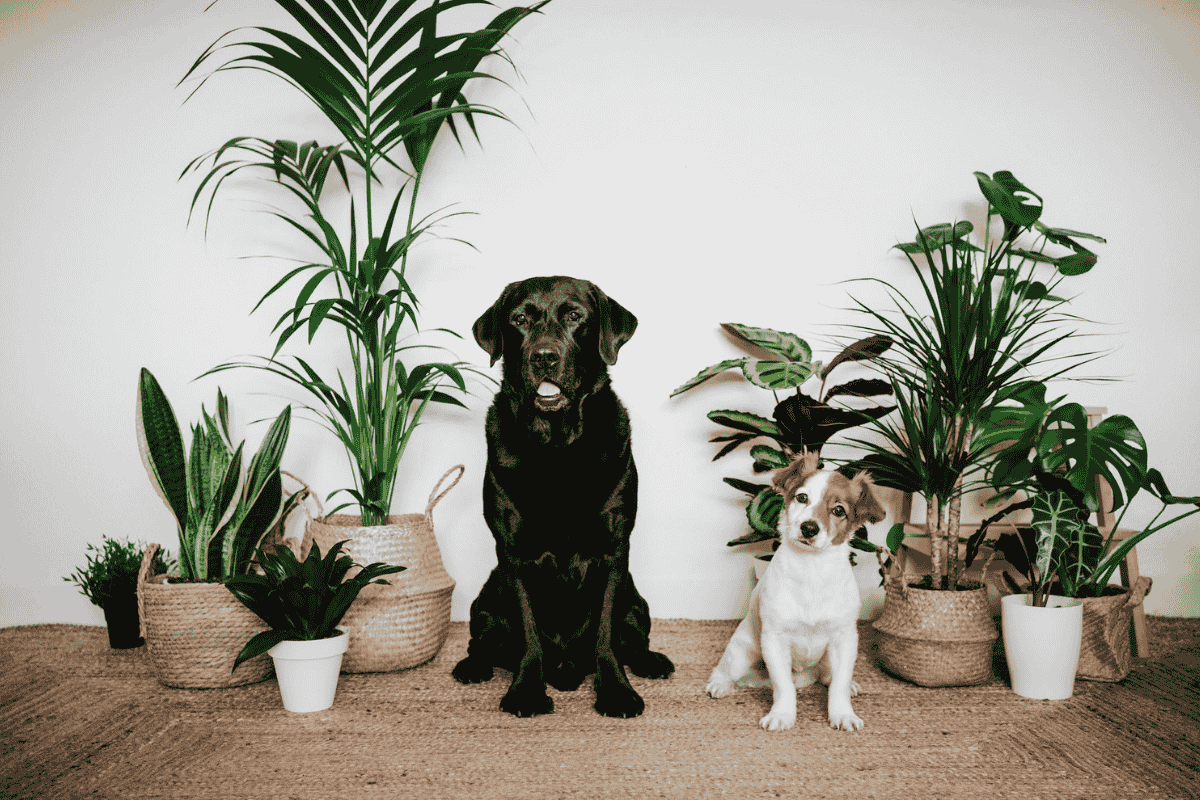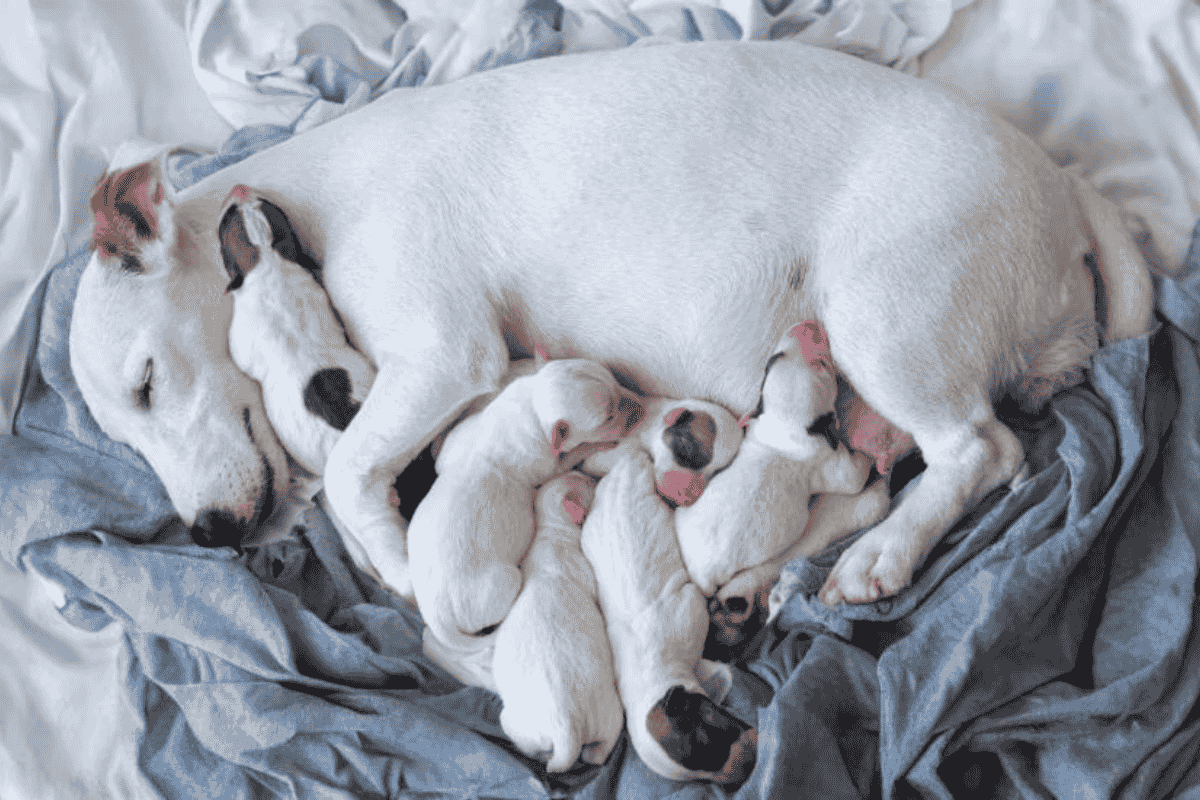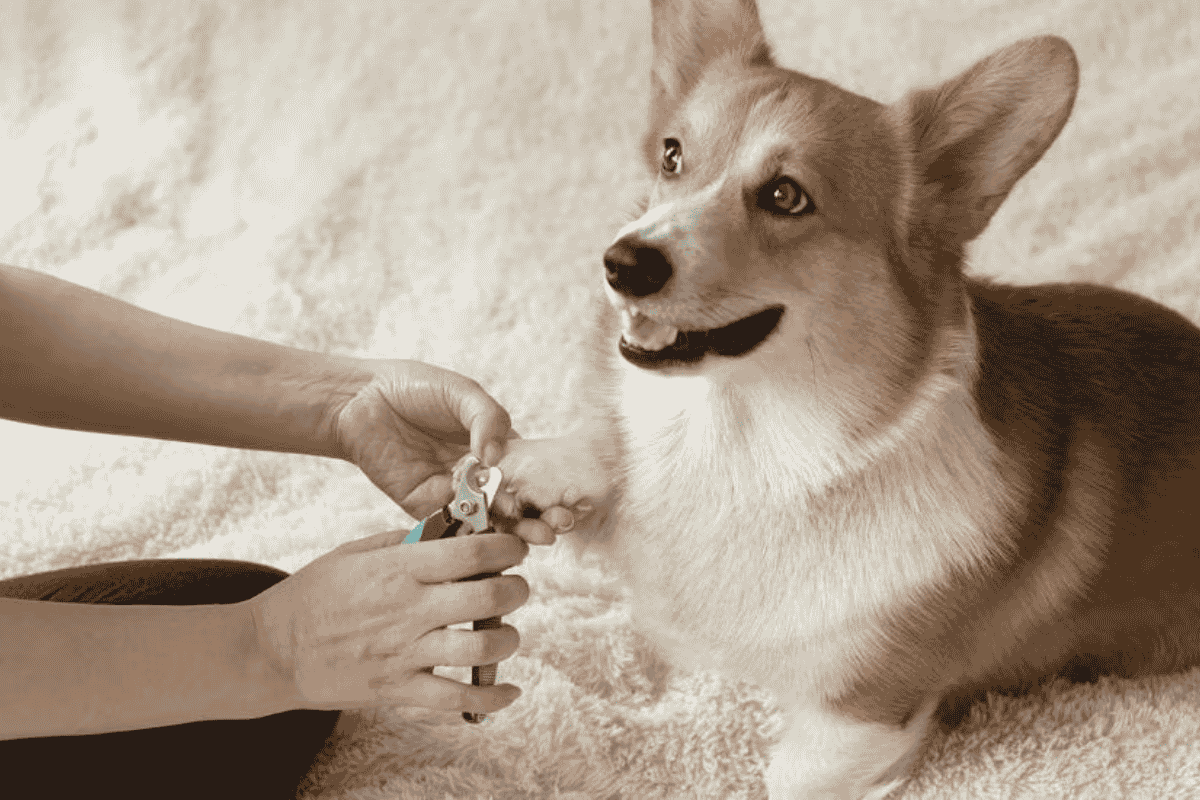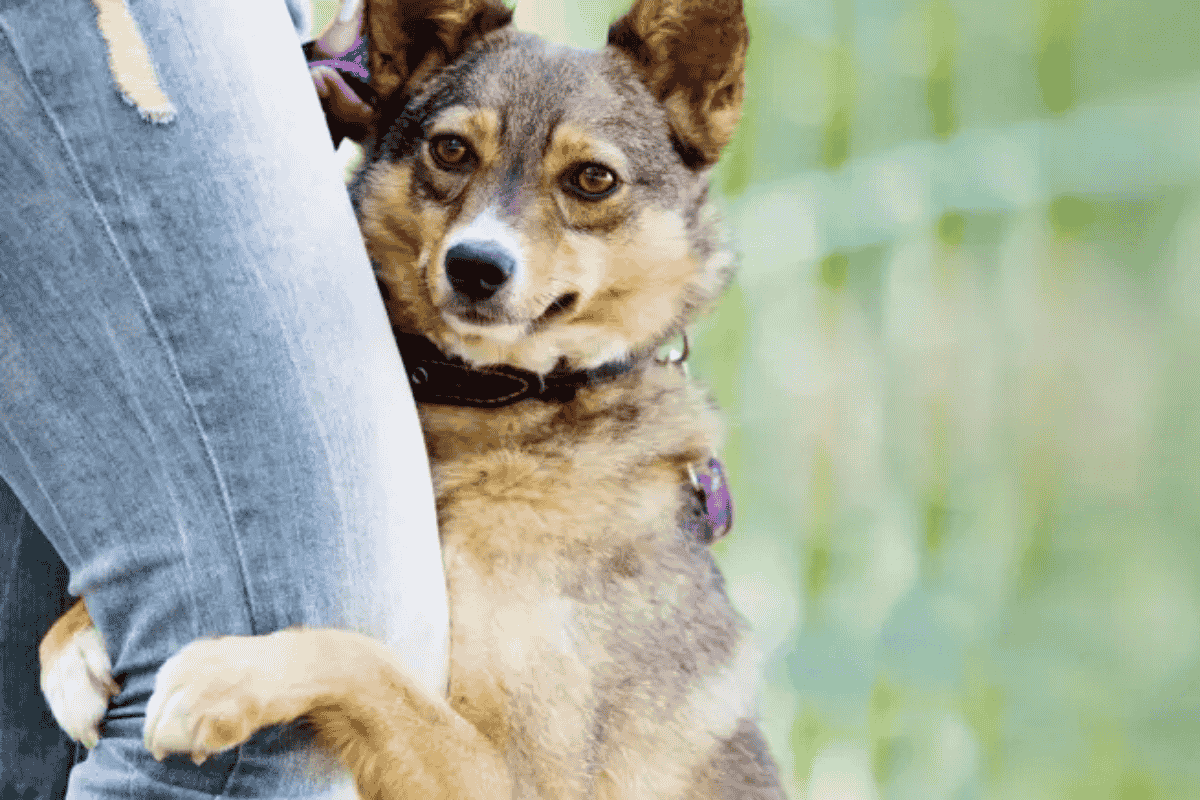During the holiday season, homes often fill with beautiful plants and festive decorations. However, some of these popular holiday plants can be toxic to dogs if chewed or ingested. Understanding which plants pose a risk and what to do if your dog eats one can help keep your pet safe throughout the festivities.
Holly
Holly is a festive plant with prickly green leaves and bright red berries, often used in wreaths and garlands.
If a dog ingests holly leaves or berries, it can cause vomiting, diarrhea, and lethargy. Eating large amounts may even cause difficulty walking.
While mild cases often resolve on their own, persistent vomiting, extreme lethargy, or trouble standing require immediate veterinary attention.
Contact your veterinarian or Pet Poison Helpline® (855-764-7661) for next steps.
Mistletoe
Mistletoe, another popular holiday decoration, comes in two main varieties — American and European.
- American mistletoe: Eating a few leaves or berries may cause vomiting, diarrhea, and loss of appetite.
- European mistletoe: More toxic — even small amounts can lead to abnormal heart rate, high blood pressure, weakness, or lethargy.
Since symptoms may not always be visible right away, contact your veterinarian immediately if your dog eats mistletoe. Your vet can monitor heart rate, blood pressure, and prescribe treatment if needed.
Christmas Trees
Whether real or artificial, Christmas trees can irritate your dog’s gastrointestinal tract.
Chewing on needles or branches may cause vomiting, diarrhea, or appetite loss, and swallowing large amounts can lead to intestinal blockage.
While mild symptoms often resolve on their own, it’s best to call your vet if your dog shows any signs of illness after nibbling on a Christmas tree.
Amaryllis
Amaryllis plants are popular gifts during the holidays, featuring tall green stalks and large red or white blooms.
Dogs may chew the leaves, petals, or bulbs, all of which contain toxins.
Ingestion can cause:
- Vomiting and diarrhea (sometimes with blood)
- Abnormal heart rate or blood pressure
- Tremors or seizures
If your dog eats any part of an amaryllis, contact an emergency veterinarian or the Pet Poison Helpline. Try to identify the exact plant to assist with treatment recommendations.
Snowdrops
Snowdrops are small, delicate white flowers that can appear in holiday bouquets or potted arrangements.
All parts of the plant — flowers, stems, leaves, and bulbs — are toxic to dogs.
Ingesting snowdrops can lead to:
- Gastrointestinal upset
- Abnormal heart rate and blood pressure
- Seizures
If your dog eats any part of a snowdrop, call your veterinarian or the Pet Poison Helpline immediately.
Poinsettias
A holiday classic, poinsettias are often placed on the floor, making them easily accessible to curious dogs.
While not as dangerous as some other plants, poinsettias can cause drooling, vomiting, and diarrhea if chewed or ingested.
Symptoms are typically mild and self-limiting, but if vomiting or diarrhea persists beyond a few episodes, schedule a veterinary visit.
Yew
Yew plants are evergreens often used in wreaths, garlands, or outdoor decorations.
While the red berry flesh is generally harmless, all other parts — including needles and branches — are highly toxic.
Ingesting yew can cause:
- Gastrointestinal upset
- Abnormal heart rate or blood pressure
- Tremors or seizures
Because yew poisoning can be severe, seek veterinary care or contact the Pet Poison Helpline immediately if your dog eats any part of the plant.
What To Do If Your Dog Eats a Toxic Holiday Plant
Even in the most careful households, accidents can happen — especially during the busy holiday season.
If your dog ingests a potentially toxic plant:
- Remove access to the plant immediately.
- Keep the plant sample (don’t throw it away) so it can be identified by your vet.
- Call Pet Poison Helpline at 855-764-7661 or contact your veterinarian right away.
- Identify the plant (using a label, purchase receipt, or photo) to help professionals determine toxicity and treatment.
Keeping Your Dog Safe
To prevent accidental poisoning:
- Keep plants out of reach of pets.
- Avoid decorating with toxic plants or opt for pet-safe alternatives.
- Supervise your dog during parties or when guests bring plants or floral gifts.
- Regularly check for fallen leaves, berries, or needles your pet might chew.
FAQs
1. What should I do if my dog eats a holiday plant?
If your dog chews or ingests any plant material, immediately remove the plant, keep a sample for identification, and call your veterinarian or the Pet Poison Helpline (855-764-7661). Do not try to make your dog vomit unless directed by a professional.
2. Which holiday plant is most toxic to dogs?
The yew plant and European mistletoe are among the most dangerous. They can cause heart rhythm abnormalities, tremors, or seizures, and may be fatal without prompt veterinary treatment.
3. Are poinsettias really poisonous to dogs?
Poinsettias are mildly toxic. Chewing on the leaves or flowers can cause drooling, vomiting, or diarrhea, but the symptoms are usually mild and temporary. Still, it’s best to keep them out of reach.
4. Can Christmas trees make my dog sick?
Yes. Both real and artificial Christmas trees can cause problems if chewed on. Tree needles and sap can irritate your dog’s mouth and stomach, causing vomiting or diarrhea. Ingesting large amounts could lead to intestinal blockage.












